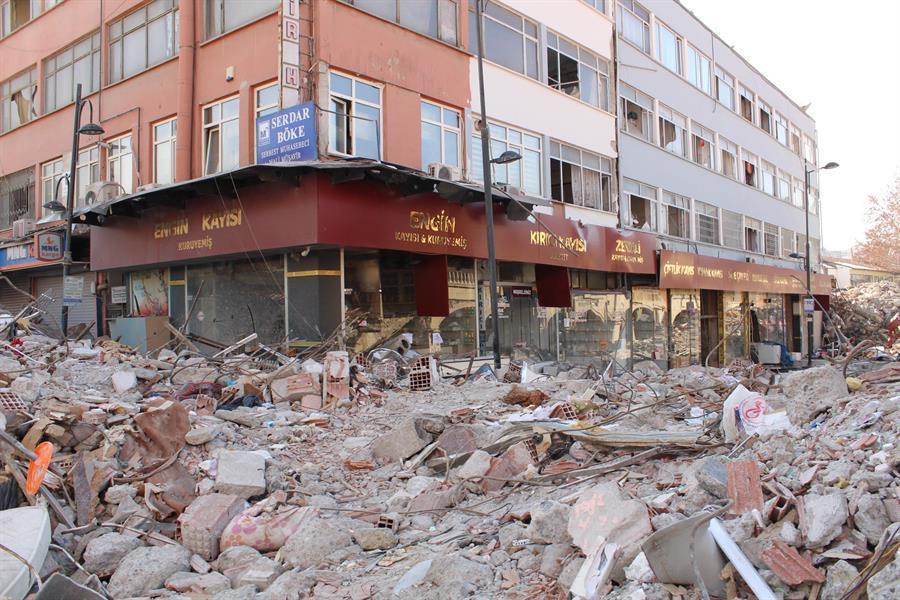
The destruction seen in recent earthquakes that rattled Türkiye’s south is not surprising, experts say, stating the collapsed buildings show similar defects to those buildings constructed before the 1998 seismic code and sustained larger damage in previous earthquakes in other provinces.
A group of academics consisting of experts in the fields such as civil engineering, geology, architecture and city planning at Middle East Technical University’s (ODTÜ) Earthquake Engineering Research Center performed reconnaissance studies in the quake-hit region with the collaboration of experts from other universities and institutions.
The preliminary report prepared based on the experts’ observations pointed out that the tremors were not the strongest over the last century but were among the most destructive, as authorities announced on Feb. 23 that more than 160,000 buildings in the provinces affected by the earthquakes were detected demolished, to be demolished urgently or severely damaged.
“The damage in old buildings has not surprised us much as previous earthquakes [across the country] always revealed the problems in buildings constructed before 2000 having some defects,” Ahmet Yakut, the head of the research center, told Hürriyet Daily News while referring to the earthquake code and reinforced concrete design guideline put into effect in 1998 and 2000, respectively.
The earthquake centered in the northwestern province of Kocaeli’s Gölcük district that killed over 17,000 people in 1999, and another that occurred around 100 kilometers (62 miles) to the east a few months later, which caused at least 845 fatalities, triggered the implementation of these regulations.
“About 97 percent of the buildings destroyed in the Feb. 6 earthquakes were the ones constructed before 2000,” Yakut elaborated, noting that most of the new buildings survived the tragic disaster, though they suffered more severe tremors than predicted.
Similar to the earthquakes in Kocaeli and the eastern province of Van in 2011, the use of ground floors in old buildings with partial infill walls or without infill walls as workplaces, which led to due to the formation of plastic hinges in the columns, was behind the “pancake” type collapse, the report said.
Many old buildings also suffered beam-column joint damage, as in previous earthquakes, it added.